Pentax K10D Digital SLR Review
Pentax K10D Digital SLR
Pentax's top digital SLR gets the TR treatment at last
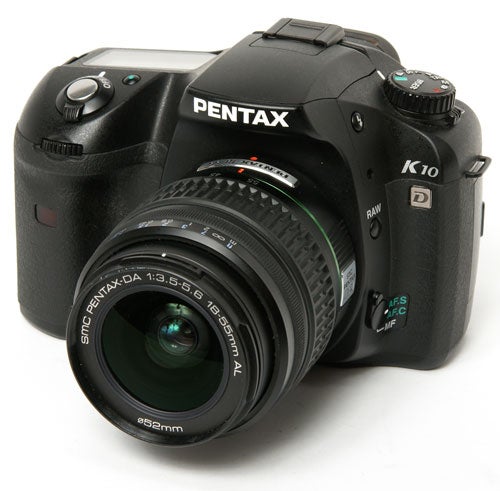
Verdict
Key Specifications
- Review Price: £460.00
It’s over eight months since I reviewed the Samsung GX-10 digital SLR, basically a licence-built copy of today’s review camera, the Pentax K10D. As I remarked at the time, it was unusual for me to review the copy before the original, but I was fully expecting to receive the K10D at any time, so I wasn’t too bothered. However I had no idea that, due to some people not returning their review samples on time, it would take me this long to finally get my hands on a K10D. The camera was launched in September 2006, and may well be replaced in Pentax’s model range early next year, which makes this probably the latest review I’ve ever done, but better late than never, and I’m glad I’ve finally had a chance to try this excellent camera.
Pentax could have been one of the first camera companies to launch a purpose-built digital SLR. It announced the development of an impressive-looking 6-megapixel full-frame DLSR, codenamed the MR-52, in September 2000, and even had a prototype to show off at the PMA camera show in January the following year. However the camera was deemed to be too expensive to produce and was never launched. The project was finally killed off in 2003, just before the launch of the badly named *ist D, a much less ambitious 6MP DSLR with the now common APS-C sized sensor. Looking now at the dominating market positions of Canon and Nikon, both of whom launched full-frame models early on and now account for about 75 percent of DSLR sales between them, Pentax may have some regrets over its decision. Of the major camera manufacturers, Pentax has the smallest share of the lucrative DSLR market, with just 5.4 percent worldwide, and has seen newcomers Sony leapfrog into third place with just one model, the Alpha A100. This is terribly unfair, because the K10D really does deserve to do much better than it has.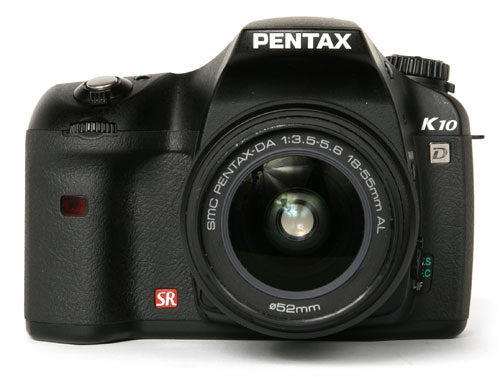
After a series of rather lacklustre entry-level 6MP models under the incomprehensible and ill-conceived *ist brand name, Pentax finally got it right with the K10D and the two other K-series DSLRs, producing the camera that Pentax fans had been waiting for for six years. It is aimed squarely at Pentax’s traditional territory in the the enthusiast and semi-pro market, currently dominated by the Canon EOS 30D (and now the 40D as well) and the Nikon D80. In theory it should compete well with these two models, because it offers many of the same features at a much lower price. While it is still available, the EOS 30D with an EF-S 18-55mm f/3.5-5.6 kit lens currently sells for around £600, while the new EOS 40D with a similar lens is closer to £900. The Nikon D80 with an 18-70mm lens is around £650. By contrast the K10D with the excellent 18-55mm f/3.5-5.6 kit lens shown here will only set you back around £460, which is a bargain price for a camera this good.
The build quality is exemplary, with a tough polycarbonate body over an alloy chassis. You’d hardly know it was made of plastic though, and it feels just as solid in the hand as its metal-bodied rivals. It weighs 710g body-only, which is heavier than either the EOS 30D (700g) or the D80 (585g). The body is environmentally sealed against moisture and dust, with weatherproof seals on all body seams, hatches and controls. The camera isn’t waterproof as such, but it is splash-resistant. The body design is fairly compact thanks to the low profile of Pentax’s pentaprism viewfinder housing, and the large rubberised handgrip is comfortable and ergonomic. The control layout has all the features you’d expect to see on a high-end camera, with a large back-lit LCD display panel on the top plate for shooting data, front and rear command dials for adjusting exposure values, and a large mode dial on the left for the main shooting options. The major control buttons are all sensibly placed for easy operation, and are large and clearly labelled in white on black, which makes the camera easy to operate in low light. One handy feature is the Fn button, which provides a quick menu for adjusting drive mode, ISO, white balance and flash mode. The main menu is both complex and comprehensive, with almost every aspect of the camera’s operation customisable to some extent. Thankfully though it is sensibly laid out, with the most commonly used options on the first page, including image size and quality, and adjustments for contrast, saturation and sharpness.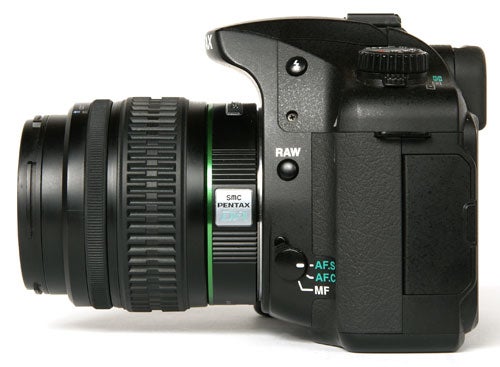
I covered most of the camera’s features in my review of the GX-10, but it’s worth mentioning a few of the highlights. One that stands out in particular is the viewfinder. Pentax traditionally uses a pentaprism design rather than the penta-mirrors used by some other manufacturers, and the result is one of the largest and brightest viewfinder screens on any comparable DSLR, with approximately 95 percent frame coverage and 0.95x magnification. However it does suffer from a problem that I have found on every one of the several Pentax SLRs that I’ve owned, and that is a propensity for getting bits of dust in the viewfinder. It’s not a serious problem, and the dust doesn’t show up on the pictures, but it can be distracting. The K10D has 11 focusing sensor, with nine of them having the faster and more accurate cross-type configuration. These are arranged in a square grid covering the centre portion of the frame, with two additional focus sensors to either side. The positions of the sensors are outlined in the viewfinder by reticule lines.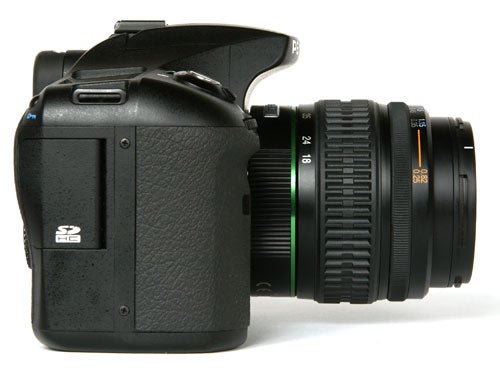
The other stand-out features are the moving-sensor image stabilisation system and the anti-dust system, which uses a vibrating filter and sticky strip to keep dust away from the sensor. Both of these are very effective, and at the time of the camera’s launch were major selling points. However their thunder has been stolen somewhat by Sony and Olympus, both of whom have included similar features on their DSLRs.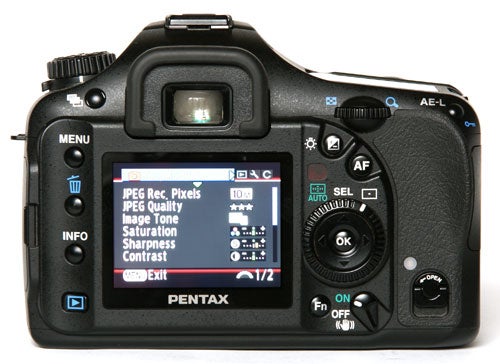
The K10D differs from the GX-10 is in two important respects. The Pentax camera has a built-in wireless link for the Pentax AF-540FGZ and AF-360FGZ external flashguns, which allows them to be used remote from the camera body as slave or fill-in flashes with no extra cables. The other difference is the RAW mode. The GX-10 uses the Adobe Digital Negative (DNG) RAW format, while the K10D has the option to DNG or Pentax’s own proprietary PEF RAW format. As far as I can tell however there is no particular advantage to either one.
In terms of performance the K10D acquits itself well even when compared to its more expensive rivals. Start-up time is almost instantaneous, and it is possible to switch the camera on and take a picture just as fast as you can physically operate the controls. The AF system is exceptionally fast and accurate, and the wide spacing of the selectable AF points makes precise selective focusing very simple. It also proved to be very good at capturing moving subjects. Low light performance is also extremely good, focusing without a problem in a room lit only by a few candles. Like many DSLRs the K10D can use a pulsed burst from the pop-up built in flash as an AF assist lamp, giving enough light to focus accurately in darkness at a range of approximately four metres.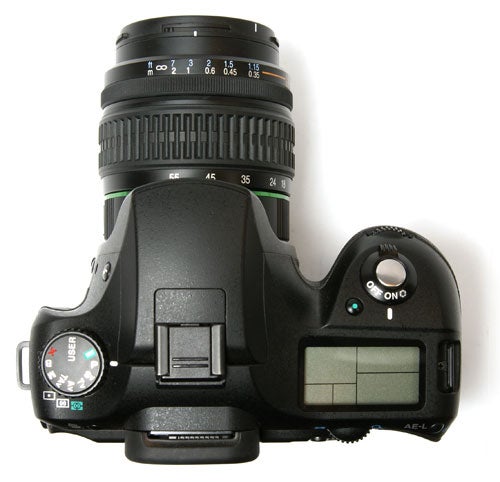
Shooting speed is also exceptionally fast, thanks to its use of high-speed DDR2 memory and Pentax’s PRIME image processing engine. The K10D can shoot at three frames a second, which is the same as the Nikon D80, but where the D80’s buffer can only hold 23 shots in JPEG mode or 6 in RAW mode, the K10D can shoot 3fps JPEGs continuously until the memory card is full, or a burst of 11 RAW files, although I found that using a faster memory card significantly improved this performance. Using a fast SanDisk Extreme III SD card I was able to keep shooting in RAW mode until the card was full, with only a slight slow-down in shooting speed after the first 11 frames.
Not surprisingly, image quality results from the K10D are identical to the Samsung GX-10. When comparing test shots, I found that the Nikon D80 did produce noticeably sharper fine detail, but then I tested that camera with the AF-S DX 18-70mm F3.5-4.5 lens, which gives it something of an advantage. As I’ve remarked before, there’s very little to choose between the various mid-range 10MP DSLRs in terms of overall image quality, but there’s no doubt that the K10D competes on equal terms with the best of them. Focusing, exposure metering, colour rendition and dynamic range are all first rate. Like most Pentax DSLRs, images from the K10D do appear slightly soft straight out of the camera, but respond well to a light application of unsharp mask, bringing out plenty of sharp detail. It is worth noting however that there is a noticeable difference in image quality between the JPEG files, which have a surprisingly high compression ratio, and the results from processed RAW images. The PEF RAW format is also compressed, but appears to be lossless, resulting in much sharper and more detailed pictures with no compression artefacts.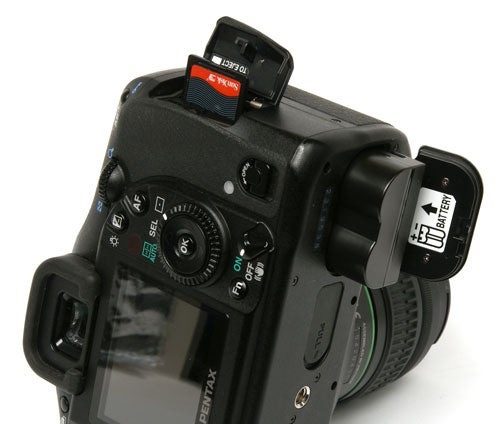
The standard kit lens that comes with the K10D is the same f/3.5-f/5.6 18-55mm SMC lens that has been supplied with all Pentax DSLRs since the *ist D. It’s a good lens, certainly better than the rather lamentable kit lenses supplied with some competing cameras. It does produce some barrel distortion at the wide-angle end, and there is a hint of chromatic aberration in the corners of the frame, but the overall level of sharpness and edge-to-edge performance is surprisingly good for such as small and lightweight lens. All in all, the K10D is still a superb camera over a year on from its launch, and anyone looking for a good hobby camera would be very satisfied with it. The only reason I’m not awarding it the straight-tens score that I gave to the GX-10 is that time has moved on, and with cameras like the EOS 40D, the new Sony Alpha A700 and the Olympus E-510 the K10D has to work a bit harder for its Recommended award.
”’Verdict”’
Despite being over a year old, the Pentax K10D still compares well with other current mid-range enthusiast’s DSLRs. It is one of the few digital SLRs on the market with a weatherproof body, and combines this with outstanding build quality and design, superb performance and excellent image quality. Add moving-sensor image stabilisation and an effective anti-dust mechanism and you have what is unquestionably one of the best mid-range DSLRs on the market.
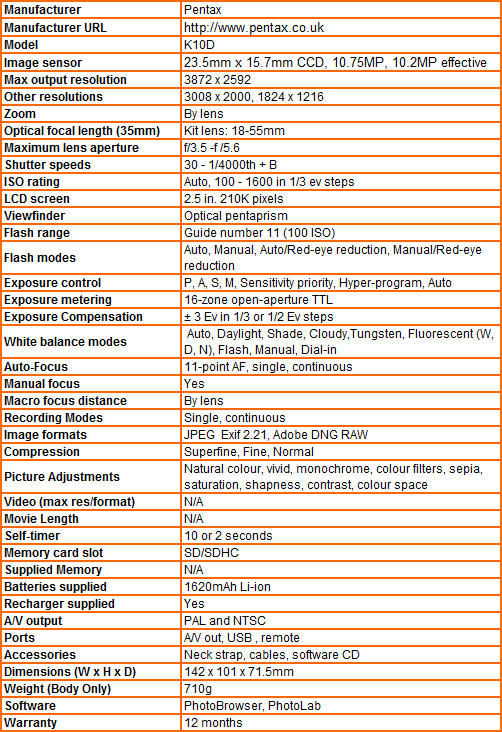
”Over the next few pages we show a range of test shots. On this page the full size image at the minimum and maximum ISO settings have been reduced to let you see the full image, and a series of full resolution crops have taken from original images at a range of ISO settings to show the overall image quality.”
—-

This is the full-frame at 100 ISO, the minimum setting.
—-
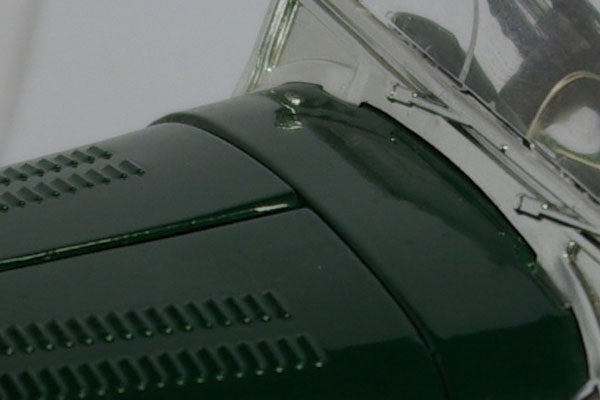
Unsurprisingly, image quality at 100 ISO is flawless.
—-
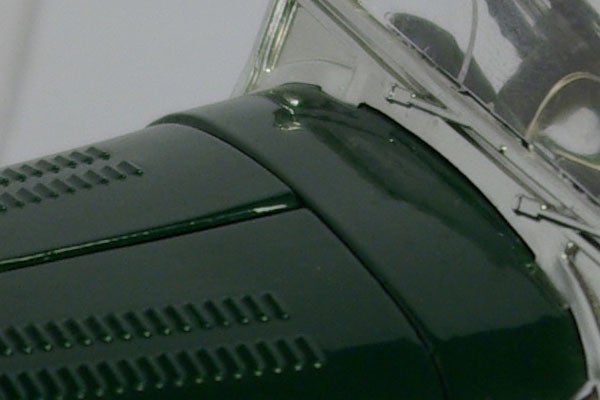
Still no problems at 200 ISO.
—-
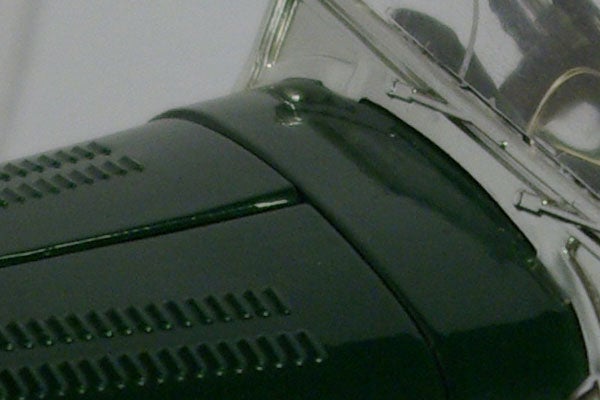
Some mild chromatic noise visible on this 400 ISO shot.
—-
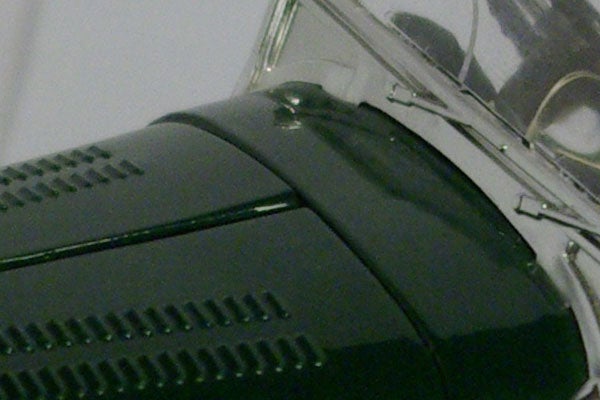
Noise is definately more noticeable at 800 ISO, but the general level of detail is still very good.
—-
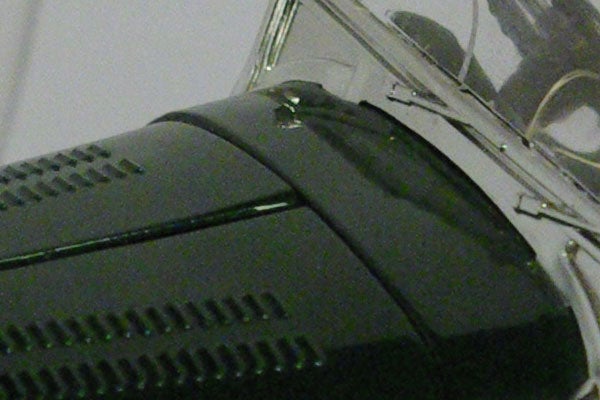
Image quality is reduced still further at 1600 ISO, but the image is still usable, and the grain of the noise is not too destructive.
—-
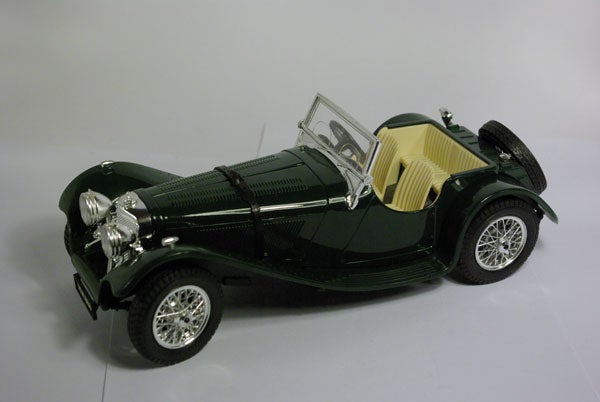
This is the full frame at 1600 ISO. As you can see it is quite presentable.
—-
”A range of general test shots are shown over the next two pages. In some cases, the full size image has been reduced for bandwidth purposes, and a crop taken from the original full resolution image has been placed below it to show the overall image quality. Some pictures may be clicked to view the original full-size image.”
—-

This is my standard test shot for digital SLRs, the seafront at Sidmouth. You can click on it image to see the full-sized version, or compare the crop below.
—-

This image is taken from a PEF RAW file, converted using Adobe Camera Raw in Photoshop CS3, and then saved as a JPEG using minimum compression. Compare with the Nikon D80, Olympus E-510, Canon EOS 400D and Sigma SD14 among others.
—-
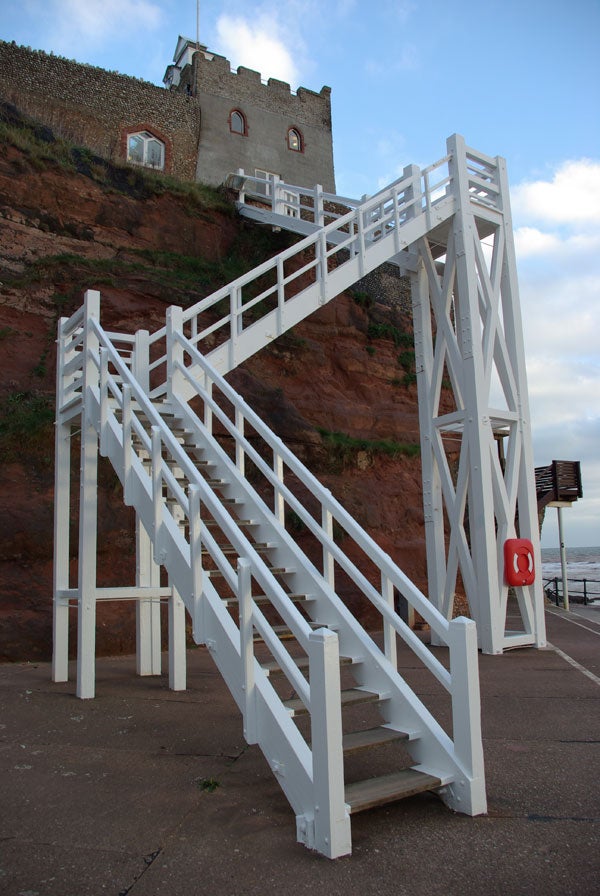
The 1.5x conversion factor for the APS-C sensor means the 18mm wide-angle end of the kit lens is equivalent to 27mm on a 35mm system.
—-

At full resolution the centre sharpness is a little soft as usual.
—-

The corner of the frame is just as good, thanks to the excellent kit lens.
—-
”A range of general test shots are shown over the next two pages. In some cases, the full size image has been reduced for bandwidth purposes, and a crop taken from the original full resolution image has been placed below it to show the overall image quality.”
—-

Just for comparison, here’s my usual compact camera test shot, done with the K10D.
—-

This is why DSLRs are always better than compacts. The level of detail is much higher.
—-

This is why I live in Devon.
—-
Trusted Score
Score in detail
-
Value 10
-
Image Quality 9
Features
| Camera type | Digital SLR |
| Megapixels (Megapixel) | 10.2 Megapixel |
| Optical Zoom (Times) | By lensx |

